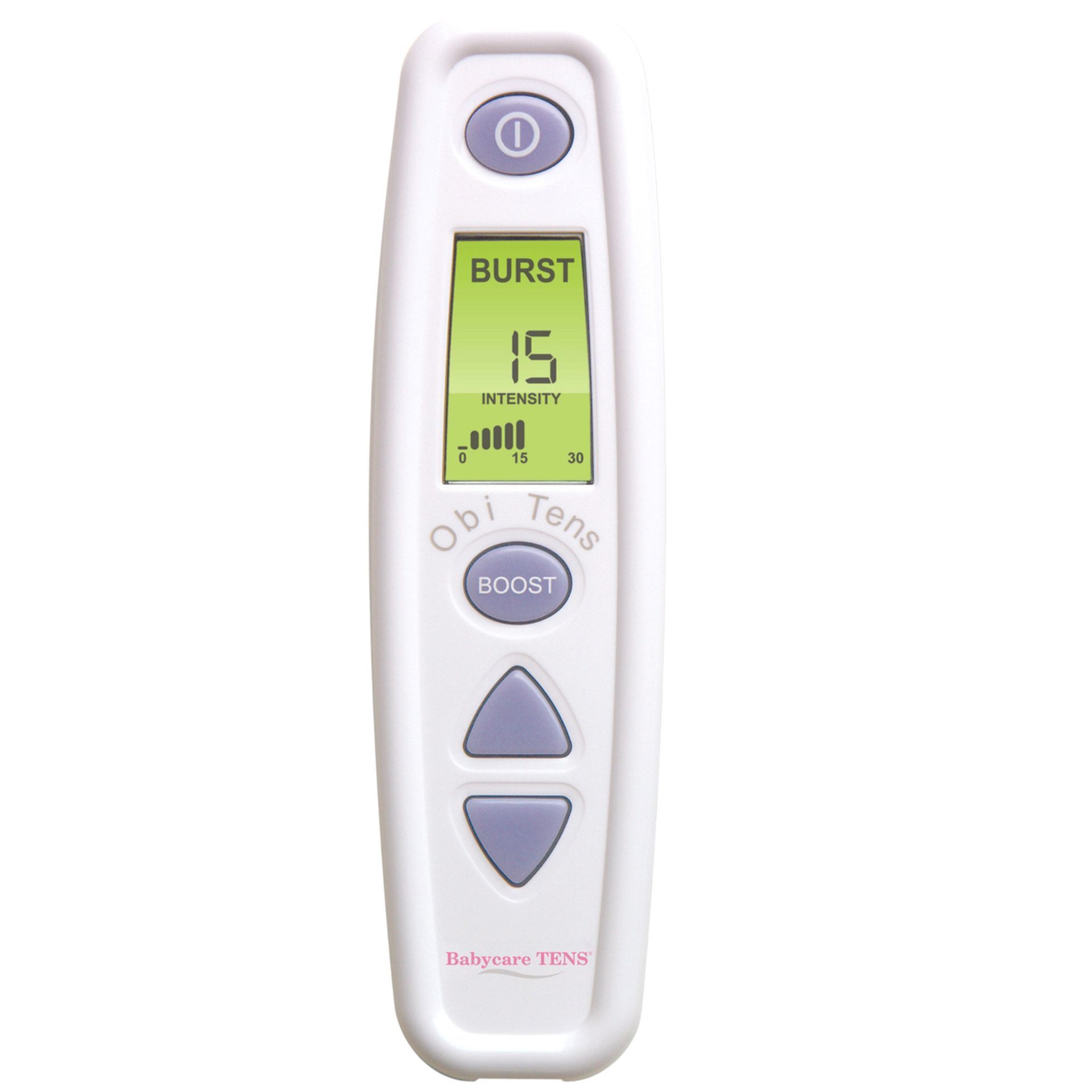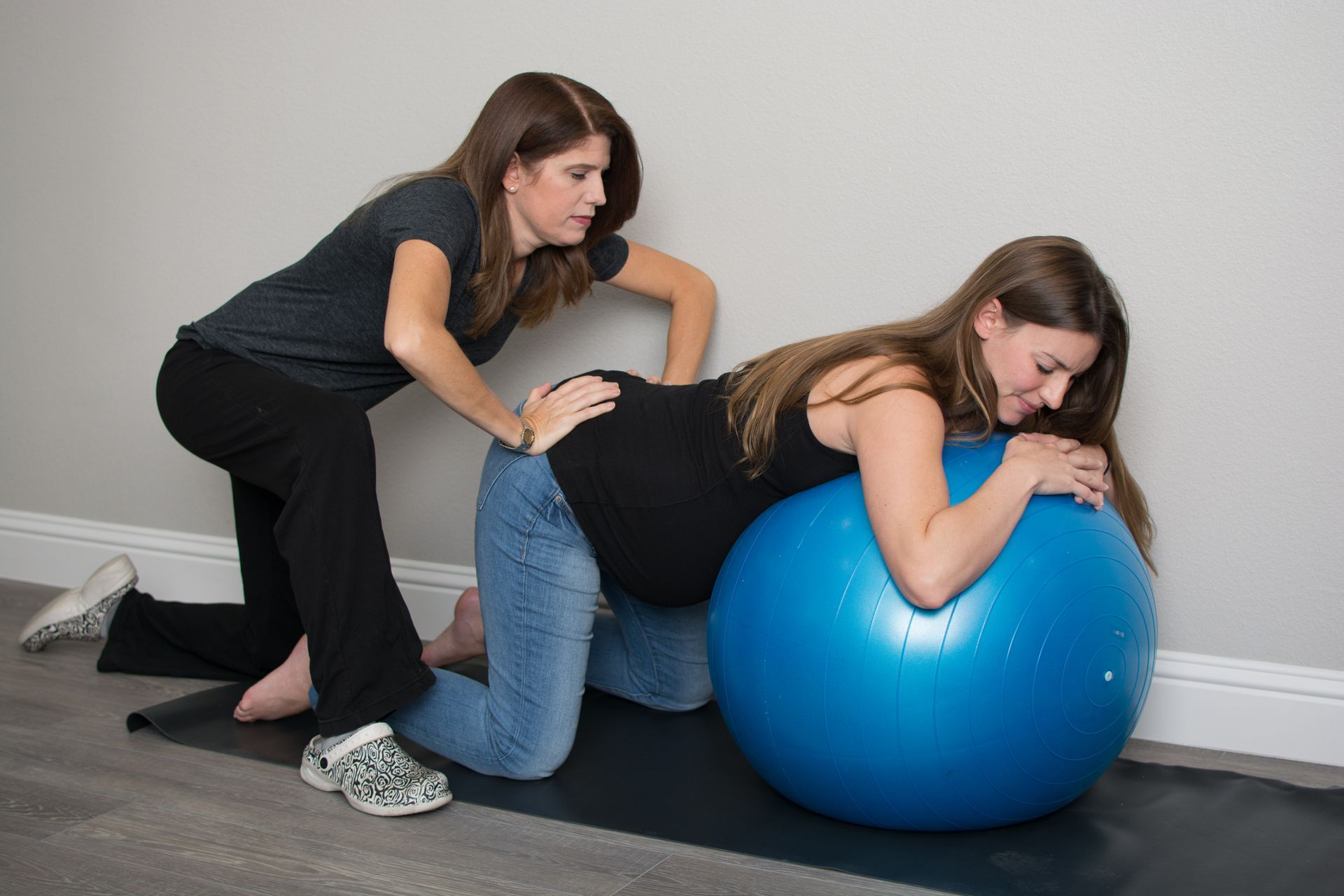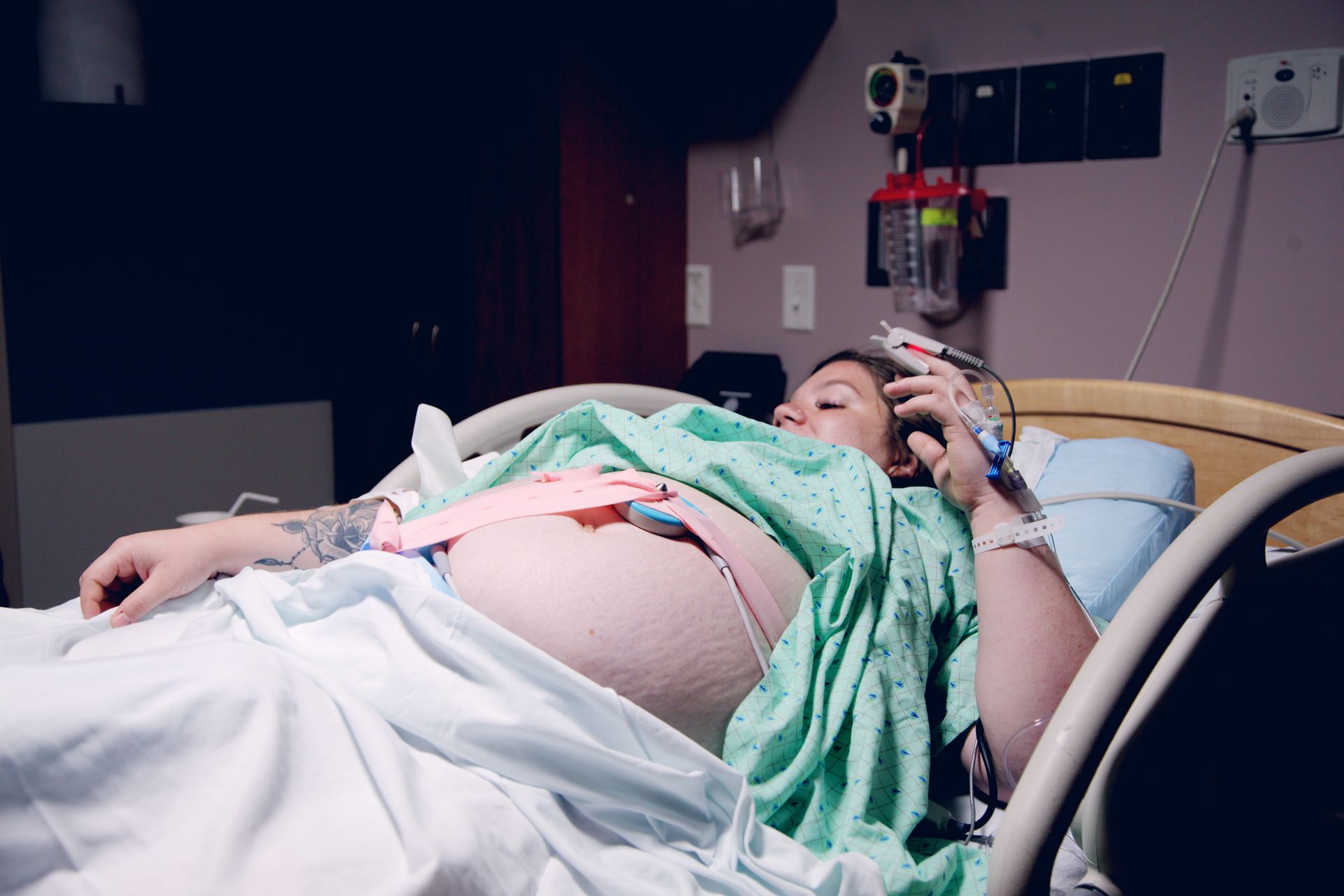TENS for Labor
TENS for Labor

What is TENS?
Transcutaneous Electrical Nerve Stimulation
A handheld battery-operated device generates mild electrical impulses and transmits them via stimulating pads (electrodes), where they stimulate nerve fibers.
Benefits of TENS
- Reduction of labor pain with more freedom of movement
- controlled by laboring woman
- no loss of other sensations or contraction pain
- no decrease of mental function
- continued active participation by laboring woman
- postponement or elimination of request for pain medication/epidural
- shorter labor
How does TENS work?
There are two mechanisms by which TENS works, Endorphin Theory and Gate Control Theory
Endorphin Theory - The low frequency, "acupuncture-like" TENS stimulates the release of endorphins. Endorphins are the body's natural pain reliever.
Gate Control Theory- The severity of pain one feels depends on the balance between painful and non-painful (pleasant) stimuli that reach one's consciousness. Pain awareness can be reduced by closing the "gate" to pain by increasing non-painful or pleasant stimuli (the TENS stimuli) thus reducing painful stimuli (contractions). This is also known as distraction or refocusing. The theory holds that the perception of physical pain is modulated by interaction between different neurons, both pain transmitting and non-pain transmitting. By introducing the stimulation, the brain can control the degree of pain that is perceived based on which pain stimuli are to be ignored.
When used on a high frequency, the TENS selectively stimulates certain non-pain-transmitting nerve fibers to send signals to the brain that override other nerve signals carrying pain messages.
When used on low frequencies, the TENS stimulates the production of endorphins by activating opioid receptors.
How effective is TENS?
Research findings on TENS have shown that laboring women using the device use less pain medication than women using a “placebo” TENS device [2]. The majority of women surveyed in the UK National Birthday Trust Survey rated it as moderately or very helpful in relieving pain and would use it again in a future labor [3]. A study that investigated the use of TENS for back pain in labor found that "TENS has a specific beneficial effect on pain localized in the back."[1].
It is very important to start TENS use early in labor, before contractions become overwhelming and intense. This allows the body to recognize and process the stimuli before the pain becomes unbearable and overrides all other stimuli. The effects of the TENS are eliminated when waiting until labor is at a peak.
Is TENS safe?
There is no reported harm to mother or baby with the use of TENS in labor when used at full term (not before 38 weeks gestation)
Contraindications:
- Not to be used on inflamed or injured skin or over a rash
- Not to be used with a demand type cardiac pacemaker
- Not to be used if woman has a seizure disorder
- Not to be used in water/tub/shower
In Conclusion:
- TENS is a safe, non-drug method of pain control for labor
- For some women, it reduces their awareness of back pain
- TENS is most effective when begun during early labor
- It is a worthwhile adjunct to other non-drug approaches for back pain in labor
- TENS should be used with consent from the woman's caregiver
References
[1] Bundsen P, Peterson L-E, Seistam U. Pain relief in labor by transcutaneous electrical nerve stimulation:
A prospective matched study. Acta Obstetricia et Gynecologica Scandinavica 1981; 60:459-468.
[2] Carroll D, Tramer M, McQuay H, Nye B, Moore A. Transcutaneous electrical nerve stimulation in labour
pain: A systematic review. British Journal of Obstetrics and Gynaecology, 1997; 104:169-75.
[3] Chamberlain G, Wraight A, Steer P. Pain and Its Relief in Childbirth: The Results of a National Survey
Conducted by the National Birthday Trust. Churchill Livingstone: Edinburgh, 1993.

Do I need to take a birth prep class? Let's talk about the vital importance of Childbirth Education!










